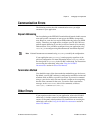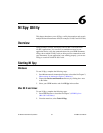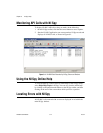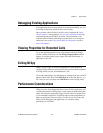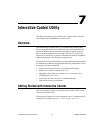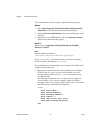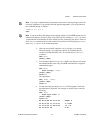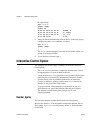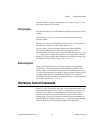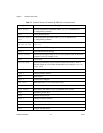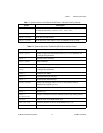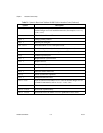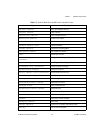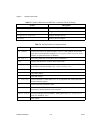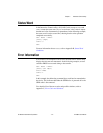
Chapter 7 Interactive Control Utility
© National Instruments Corporation 7-5 NI-488.2 User Manual
Decimal numbers—Enter the number only. For example, ibpad 22 sets
the primary address to 22 decimal.
String Syntax
You can enter strings as an ASCII character sequence, hex bytes, or special
symbols.
ASCII character sequence—You must enclose the entire sequence in
quotation marks.
Hex byte—You must use a backslash character and an
x, followed by the
hex value. For example, hex 40 is represented by
\x40.
Special symbols—Some instruments require special termination or
end-of-string (EOS) characters that indicate to the device that a
transmission has ended. The two most common EOS characters are
\r and
\n. \r represents a carriage return character and \n represents a linefeed
character. You can use these special characters to insert the carriage return
and linefeed characters into a string, as in
"*IDN?\r\n".
Address Syntax
Some of the NI-488.2 calls have an address or address list parameter.
An address is a 16-bit representation of the GPIB device address. The
primary address is stored in the low byte and the secondary address, if any,
is stored in the high byte. For example, a device at primary address 6 and
secondary address 0x67 has an address of 0x6706. A
NULL address is
represented as 0xffff. An address list is represented by a comma-separated
list of addresses, such as
1,0xb706,3.
Interactive Control Commands
Tables 7-1 and 7-2 summarize the syntax of the traditional NI-488.2 calls
in the Interactive Control utility. Table 7-3 summarizes the syntax of the
multi-device NI-488.2 calls in the Interactive Control utility. Table 7-4
summarizes the auxiliary functions that you can use in the Interactive
Control utility. For more information about the function parameters, use
the online help, available by typing in
help. If you enter only the function
name, the Interactive Control utility prompts you for parameters.



